Hi there, friends. In the previous blog about setting up your classroom during Covid-19, we explored how to use floor tape to increase student understanding of visual boundaries and expectations. Remember, visual supports, which include visual boundaries, visual cues, and visual schedules, are evidence-based practices that we should be using ALL the time, not just during this unprecedented time of teaching during a global pandemic.
Yet, because we ARE going to be teaching during COVID-19, the use of visual supports can be that much more important to ensure that your students understand routines, behavior expectations related to safety, how to navigate the classroom, and how to work and learn while maintaining the recommended physical distance, whenever possible. In this blog, we’ll be looking at some examples of using visual supports in the form of pictures to ensure that your classroom is “student-ready.”
Visuals for Areas of the Classroom
Floor tape is one kind of visual support that we can use to define areas of the classroom, but we can use picture visuals to help students understand expectations within those areas.
For example, if you need to control the number of children who can be in a center or work area at one time, put stop or no signs on your center docking stations. When students check their individualized schedules, they transition with the icon to the area that is represented.
In the picture below, this would be the Yellow table or Yellow area. Students then match the picture to the docking station. If there are 2 stop signs, then only 3 children can be in the center or work area. This can prevent overcrowding. These visuals also keep the adults from having to verbally redirect students away from centers.
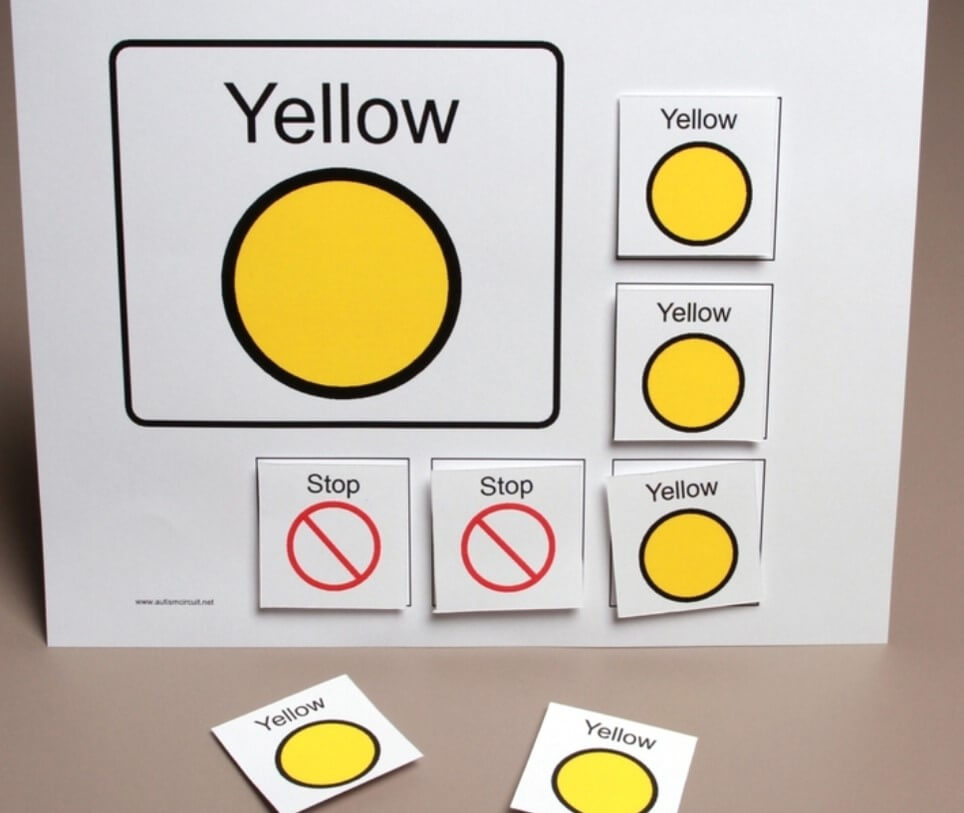
When visuals aren’t present, adults become the ones responsible for “crowd control.” Students might not understand the “Why” behind limiting the number of students without a visual being present, which can then lead to behavior, and adults being perceived as the “bad guys.” We don’t want this. It’s not an effective use of teacher time, and children, now more than ever, need relationships with their teachers to be rooted in trust and feelings of safety.
These visuals should be put up before the first day of classroom instruction so that they’re ready to be taught as soon as the students show up to school. You can download docking stations completely for free at our autismcircuit.net site.
Visuals for Routines
You might also have visual reminders of the various daily routines that your students need to perform, so that students can complete them with less adult contact and support. Again, even without Covid-19 being in the mix, these visuals should be present because they help students increase independence, which is always the goal.
Some examples of visual supports for routines include washing hands,

using the bathroom independently,

Or, the steps in the arrival routine.
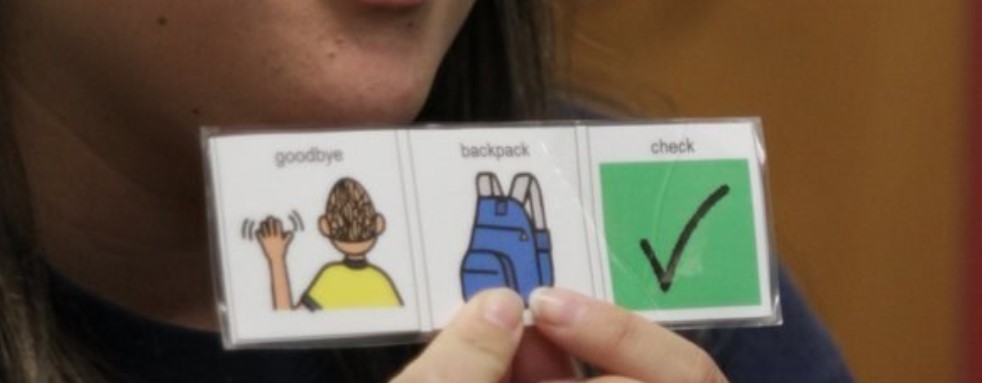
These are just a few examples. Basically, since the school day is made up of a series of routines, you could create visuals to represent the steps for all of them! Print your own routines or “mini-schedules” at autismcircut.net
Visuals for Behavior Expectations
Visual supports in the form of cues can help students understand expectations specific to everyday activities like lining up, sitting down, listenening, etc. These are powerful tools because many of our students have difficulties with receptive and expressive language, so visuals provide that extra bit of support for comprehending vocabulary, which can then enhance students’ ability to use that vocabulary. And visual supports can be used to cue safety expectations or practices related to Covid-19 as well.
You might have signs that provide cues or reminders for what is expected at different times such as “Time to wash your hands,” or “Time to put on your face mask” (if appropriate), or “cover coughs and sneezes.”

The visuals above were created using the Boardmaker program, but even if you don’t have Boardmaker, you can take photos of yourself or students performing the desired behavior, such as putting on a mask, washing hands, or putting up “airplane arms” to remind everyone to keep a safe distance from each other when lining up or working together in an area of the classroom.
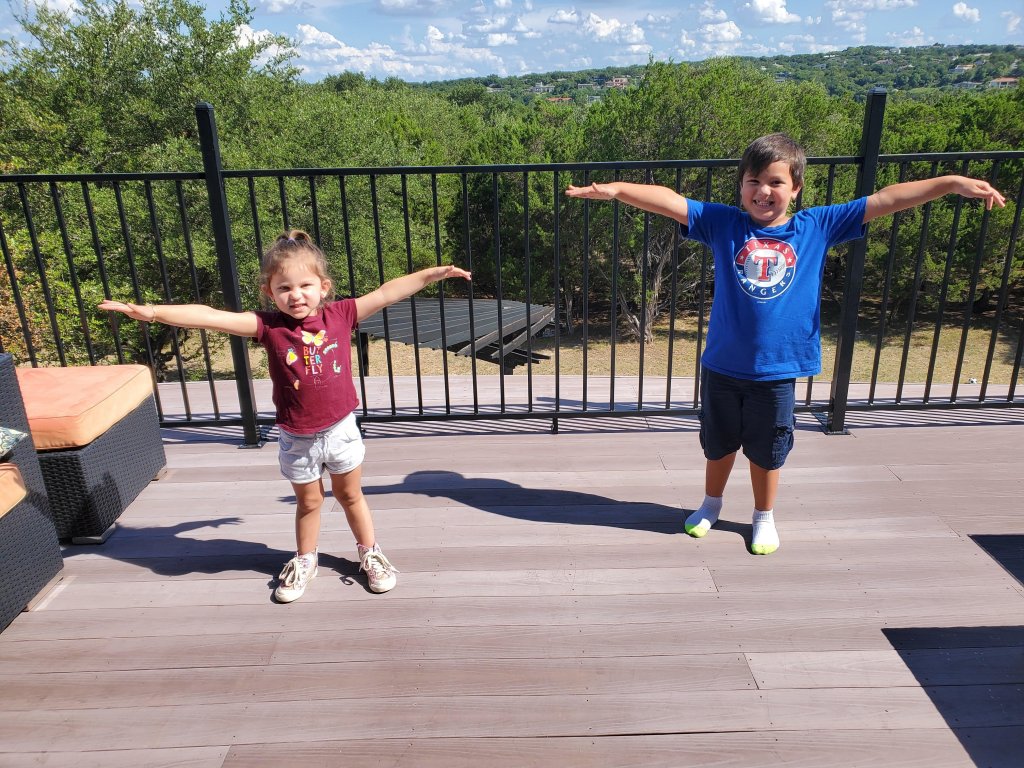
The CDC has some visual reminders available to support COVID-19 recommendations that can be printed for free. Conscious Discipline has free visual safety reminders and social narratives to support students during COVID-19. And STAR Autism Support also has free icons and social narratives available in English and Spanish to support social distancing.
It doesn’t really matter where you get your visuals, as long as they are meaningful to students and used consistently. Since you’ll be using visuals from Day 1, you’ll want to have visuals for specific areas posted, and multiple sets of behavior cue visuals related to safety printed and distributed to all of the adults who work in your classroom before students enter your classroom.
Organizing Materials and Accompanying Visuals
With enhanced recommendations for cleaning and sanitizing materials, you will most likely need to come up with a system for keeping both classroom materials and individual student materials safely organized.
Classroom Materials
You also might want to consider having a system to keep track of clean and dirty materials. Teach students to put materials into the dirty bin after hands on activities or centers. Once they’re sanitized, they can be put in the clean bin and then after school or in the morning of the following day, they can be put back into rotation.
You might also think about only putting out a few hands on items and putting another set of items for the same activity or center in a bin to be rotated so that you have a little more time to sanitize between uses. The bins can have visuals in the form of pictures and/or labels (depending on students’ reading abilities) to indicate where items go. And if you want to be really fancy, you can visually color code the bins- green for clean (Go!) and red for dirty (Stop!).

Student kits
When thinking about how to keep those staple classroom items clean, consider creating individual student kits. For younger students, they could contain items like crayons, glue sticks, scissors, markers, stickers, construction paper cut in half, and a container of playdoh. Kits for older students might include pencils or pens, frequently used manipulatives, and student specific visual supports, such as a token board. Put a visual support with the student’s photo and name on each kit to prevent use of materials by multiple students. If you want to give students an opportunity to be creative and work on some fine motor skills, give them a sheet of stickers that they can use to decorate their bin.

Teaching the Picture Visuals
So, now you’ve got your visuals all printed. You and your paraeducators all have sets of behavior cue visuals either on a lanyard around your neck for easy access, or printed, put on rings, and strategically placed around the classroom. Great! And… no one is paying any attention to them or knows what they mean. Well, that’s because we have to teach our students what those visuals represent. For example, young students who are at school for the first time typically don’t know what it means to line up. At home, kids don’t line up to get into the car, to leave the house, or to go to the bathroom. They need instruction and practice. So, we teach. And if you’re consistent in this work at the beginning of the year, your students will respond to the visuals with greater speed and independence in the following weeks and months, which adds up to greater safety and increased learning time.
Stay safe, stay strong, and stay well, friends!
Resources:
http://www.autismcircuit.net/tools
https://consciousdiscipline.com/free-resources/type/covid-19/
https://www.starautismsupport.com/files/social-distancing-school
Jennifer Russell is an education specialist for the Early Childhood Special Education team here at the Education Service Center Region 13.



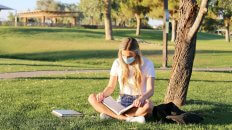
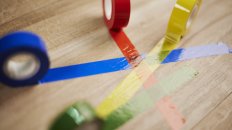
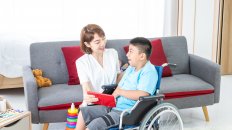
Add comment